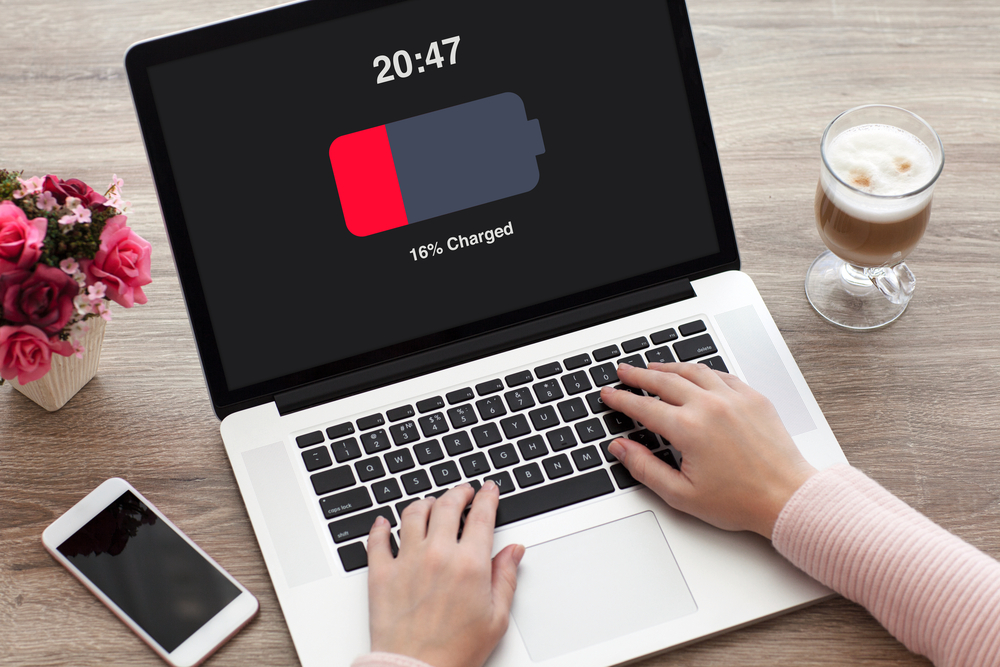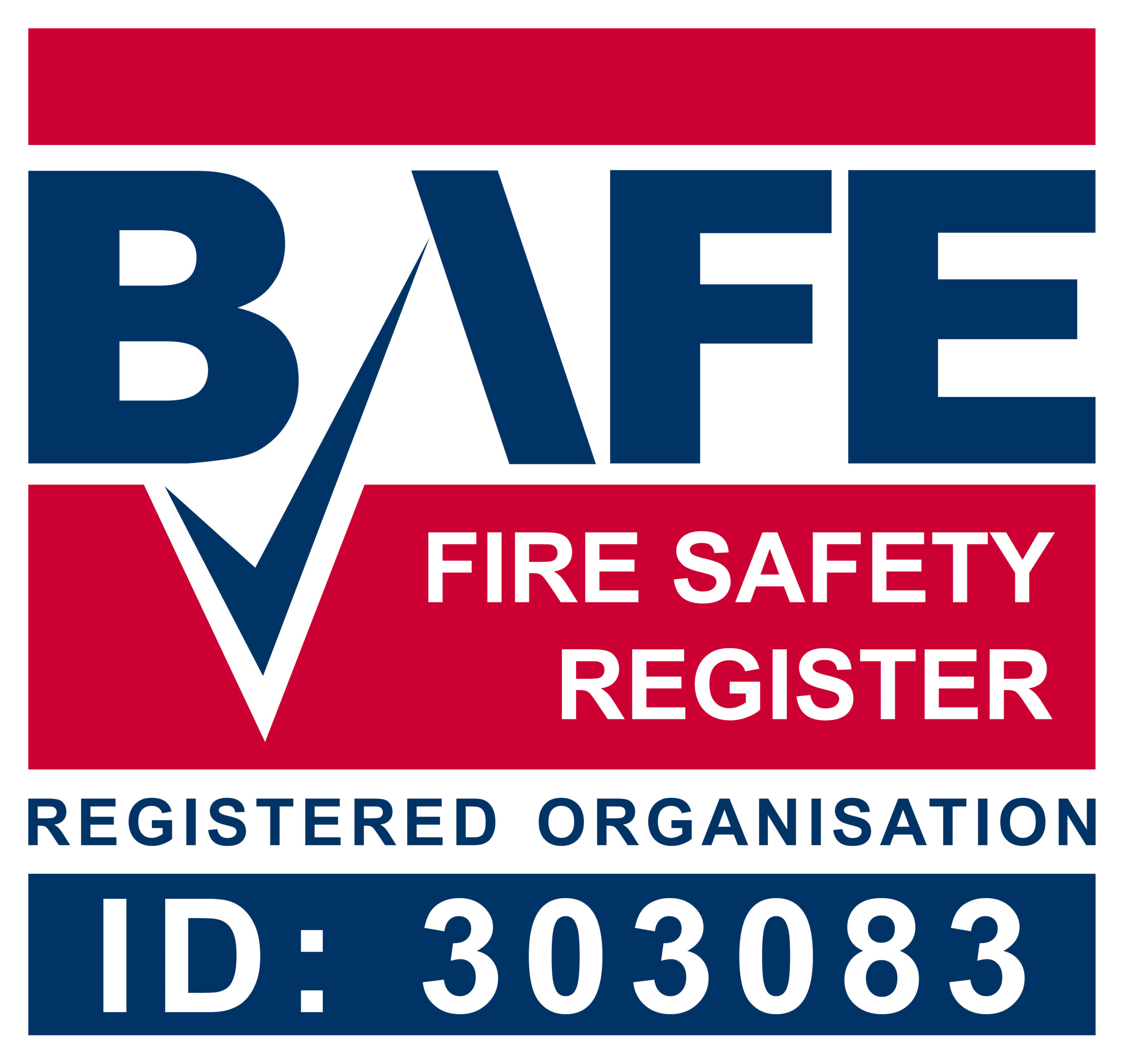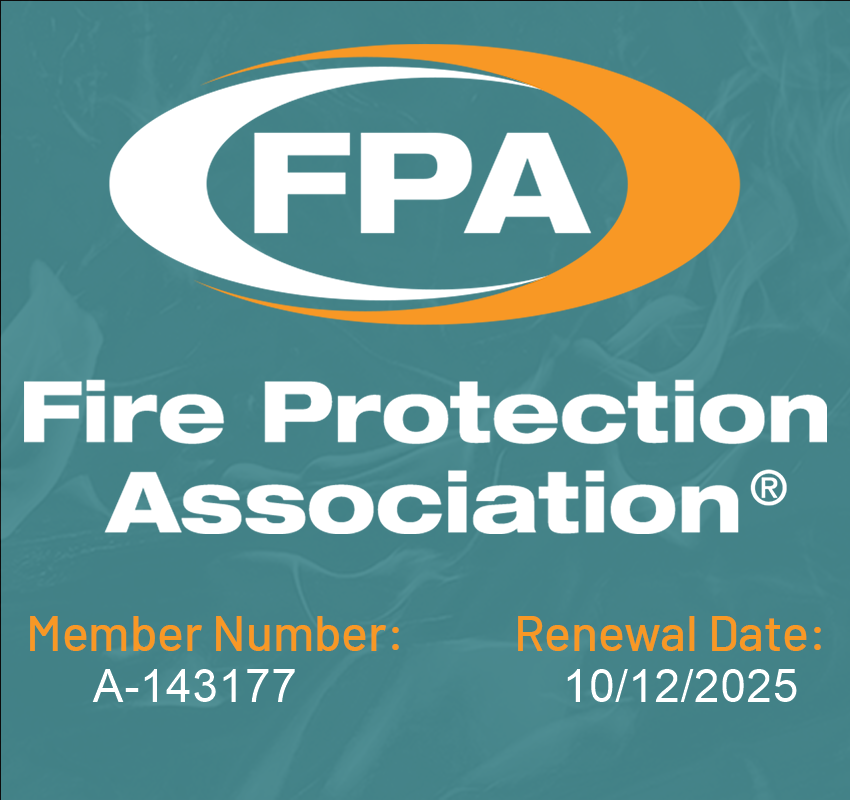Reducing the Risk of Lithium-ion Battery Fires: 7 Simple Ways
Lithium-ion batteries are one of the most common types of batteries used in the modern world due to their excellent battery life compared to size, as well as their sustainability and ease of recharging. But lithium-ion batteries do come with serious risks if they become damaged in any way.
Since you can now find lithium-ion batteries everywhere, from mobile phones and laptops to robots and electric cars, we need to have fire safety strategies in place and the appropriate training to understand, prevent and deal with the risk of lithium-ion battery fires when necessary.
Let’s take a quick look at why lithium-ion batteries can be risky, and then 7 simple ways you can reduce the risk of your lithium-ion battery causing a fire.
Risks of Lithium-ion Batteries
As lithium-ion batteries can contain a lot of energy in a small container, there is a risk that when the battery becomes damaged, experiences extreme weather or was initially made poorly, the battery can begin to produce too much energy, causing it to overheat and degrade the battery. This is known as thermal runaway and can result in explosions or fires.
Therefore, any lithium-ion battery is at risk of causing a fire if it is not handled or stored properly, so training employees in the proper handling techniques as well as implementing systems to reduce the risk of lithium-ion battery fires in a workplace or public place is integral to keep people safe and reduce damage.
1. Store Batteries Safely

Storing lithium-ion batteries safely is the key to reducing the risk of the batteries becoming corrupted and starting fires. Lithium-ion batteries should not be stored:
-
In direct sunlight
-
In extreme heat (above 50°C)
-
In humid environments
The optimum temperature for your lithium-ion battery is 15 to 25 degrees Celsius in a cool, dry place, but some variation will not be a problem, as long as the batteries are not stored in extreme heat or cold. This is particularly important when the batteries are charging, as the movement of the ions within the battery produces some heat energy, so the batteries can be even more sensitive to very hot environments.
2. Check Batteries Periodically
Batteries can easily become damaged when not handled or stored properly so it’s important to have a schedule in place to either check batteries before each use or daily to ensure they’re not used when they’re damaged.
Also, lithium-ion batteries are beneficial for the environment because they’re rechargeable, but that doesn’t mean they last forever. After some time and regular use, lithium-ion batteries can lose their function and begin to degrade, so even if your batteries have been stored and handled properly, they may still malfunction in the future. Make sure you and your colleagues know how to check batteries regularly, as charging a corrupt battery may cause a fire or explosion.
3. Avoid Damage to Batteries

Handling batteries properly is integral to prevent them from being damaged. Hitting or dropping a large lithium-ion battery can cause a fire or explosion as the contents of the battery are extremely volatile and should be handled with great care.
Mobile phones have very small batteries compared to larger items like electric vehicles, so the likelihood of an explosion is a lot smaller when there are fewer ions to disrupt. However, no matter how small the battery is, there is still a risk of damaging the battery and a risk of harm, especially in a hot or crowded environment where there is a higher risk. Lithium-ion batteries should therefore be kept in a safe environment, handled carefully, and covered well when being transported to avoid damage to the battery and a risk of fire.
If you have damaged or seen damage done to a lithium-ion battery, alert your senior and those who may use the battery as soon as possible to avoid the risk of injury if the broken battery is used.
Charge Batteries Safely
When charging a lithium-ion battery, the risk of a fire starting is increased as the lithium ions are engaged and begin to produce heat energy, so you need to charge batteries in a safe environment and in suitable conditions to reduce the risk of a battery fire.
To charge a battery safely:
-
Make sure the charger is working well
-
Make sure you are using a compatible charger for the battery
-
Charge the battery away from other volatile and flammable materials
-
Charge the battery in a cool environment
Using a broken charger or one with a different voltage can cause the battery to become unstable and increase the risk of an explosion or fire, so make sure you check you’re using the right charger before charging your battery, and ensure it’s in a safe location, away from potential damage or risky substances.
5. Train Staff in Lithium-ion Battery Risks

Knowledge is power and when it comes to working with lithium-ion batteries – directly or indirectly – training your staff on the risks relating to lithium-ion batteries can help everyone stay alert and reduce the overall risk of lithium-ion battery fires. If people know how to handle, store and transport lithium-ion batteries safely, as well as the risks involved, they will take extra care and everyone will be safer for it. Educating people on lithium-ion batteries is crucial for safety and protecting your business.
6. Install Smoke Detectors and Carbon Monoxide Detectors
While we want to avoid lithium-ion battery fires altogether, it’s also important to have the right systems in place to prevent damage and injury if a fire does break out. By having carbon monoxide detectors in your building, people will be alerted to any risk and can leave the area before it becomes too dangerous, as thermal runaway that can cause explosions also releases toxic gases including carbon monoxide that can cause great harm when breathed in. If a fire does start, your smoke alarms will also kick in to inform people that they need to retreat to a safe space while the fire officer and fire department can deal with the issue safely.
7. Dispose of Lithium-ion Batteries Appropriately
As lithium-ion battery fires are possible and can be greatly dangerous, you should help reduce the risk of a fire by disposing of any damaged or old batteries when necessary. If damaged batteries are still left out, someone else may use them and risk causing a fire or injuring themselves.
To dispose of a lithium-ion battery, you should cover the charging points with insulating materials so the battery can’t short-circuit, potentially causing a fire once it has been disposed of. Lithium-ion batteries should also be placed in metal bins allocated specifically for batteries, away from flammable or combustible materials to prevent any issues if the batteries overheat and spark or explode.
Fire Safety Partnership – Helping You Save Lives
The Fire Safety Partnership is an organisation in Somerset with the sole goal of keeping people safe. By presenting organisations with a viable fire safety strategy for their location and industry, we can reduce the risk to life and save business assets from unnecessary fires.
You can read more information about fire safety, review our previous work or simply contact us today to learn more about our full range of services.









